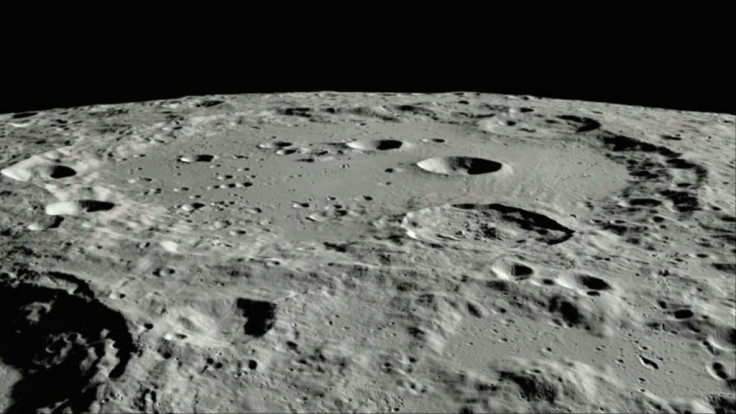Water on Moon: NASA confirms groundbreaking discovery for the first time
NASA's spacecraft observed water molecules on the surface of the moon believed to be trapped in soil and distributed widely on the surface.
In a groundbreaking discovery, NASA has confirmed the presence of water on the Moon. The findings suggest that water might be widespread on the lunar surface and not limited to shadowed places. The discovery has confirmed long-standing theories that argued about the presence of water on our natural satellite.
In its news release, the US space agency reveals that the discovery was made by NASA's Stratospheric Observatory for Infrared Astronomy (SOFIA) confirming the presence of water on the sunlit surface of the Moon for the first time. The observations of water molecules were made in Clavius Crater, which is on the Moon's southern hemisphere. It is one of the largest craters on the lunar surface that is visible from Earth. The data based on the location unveils the availability of water in concentrations of 100 to 412 parts per million – which roughly measure up to a 12-ounce bottle of water.
"We had indications that H2O – the familiar water we know – might be present on the sunlit side of the Moon," said Paul Hertz, director of the Astrophysics Division in the Science Mission Directorate at NASA Headquarters in Washington, in a statement. "Now we know it is there. This discovery challenges our understanding of the lunar surface and raises intriguing questions about resources relevant for deep space exploration."
Whether the water is easily accessible and can be used remains uncertain. However, it gives scientists hope to help humans sustain on the moon for an extended period of time.
"Water is a valuable resource, for both scientific purposes and for use by our explorers," said Jacob Bleacher, chief exploration scientist for NASA's Human Exploration and Operations Mission Directorate. "If we can use the resources at the Moon, then we can carry less water and more equipment to help enable new scientific discoveries."
The discovery has certainly surprised the scientists who believe that "without thick atmosphere, water on the sunlit lunar surface should just be lost." However, it confirms that something is generating a valuable resource. Among several possibilities, scientists have listed Micrometeorites raining down on the lunar surface or chemical reaction between hydrogen from solar winds and oxygen-bearing minerals in the soil.
NEWS: We confirmed water on the sunlit surface of the Moon for the 1st time using @SOFIAtelescope. We don’t know yet if we can use it as a resource, but learning about water on the Moon is key for our #Artemis exploration plans. Join the media telecon at https://t.co/vOGoSHt74c pic.twitter.com/7p2QopMhod
— Jim Bridenstine (@JimBridenstine) October 26, 2020
Meanwhile, NASA Administrator Jim Bridenstine took to Twitter to break the big news and reveal that learning about the presence of water on the moon will now become a primary subject of exploration for the Artemis mission, launching in 2024.
"NEWS: We confirmed water on the sunlit surface of the Moon for the 1st time using @SOFIAtelescope. We don't know yet if we can use it as a resource, but learning about water on the Moon is key for our #Artemis exploration plans," said Bridenstine.

© Copyright IBTimes 2025. All rights reserved.





















